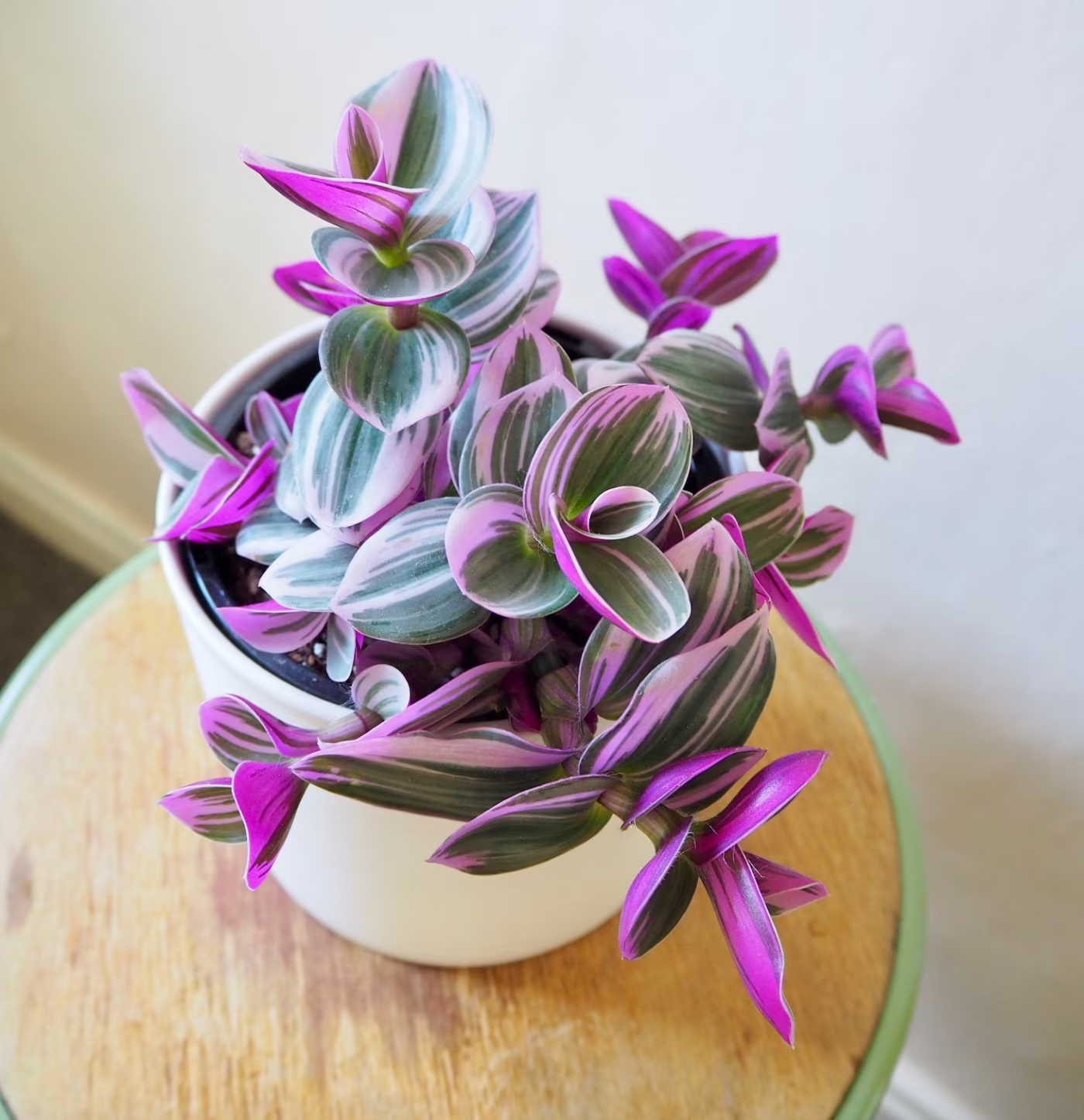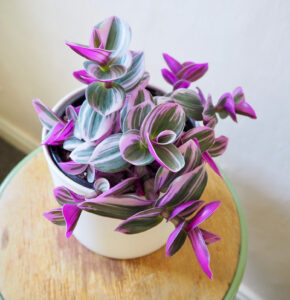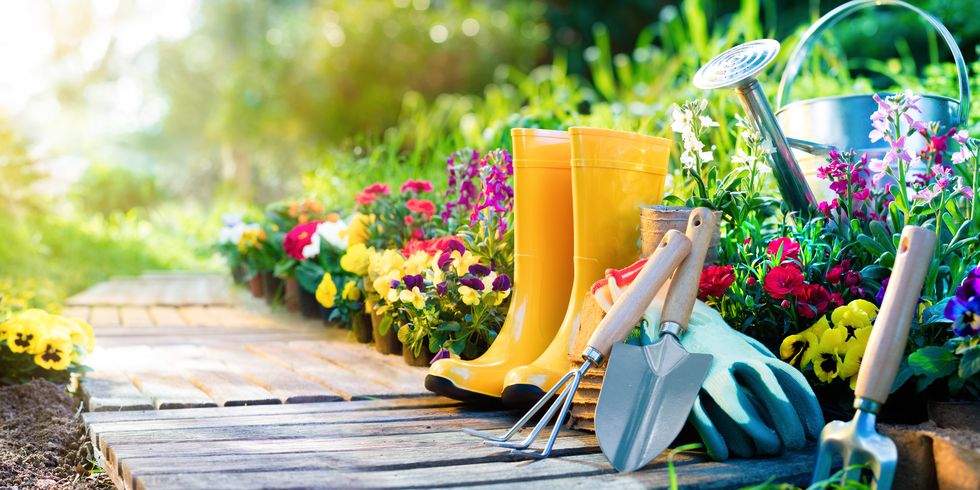Nanouk Tradescantia (Tradescantia albiflora ‘Nanouk’) is a stunning and easy-to-care-for houseplant known for its vibrant pink, purple, and green striped leaves. This fast-growing trailing plant adds a splash of color to any indoor space. With the right care, it will thrive and produce lush foliage. Below is a comprehensive guide on how to cultivate and maintain Nanouk Tradescantia.
1. Light Requirements
- Prefers bright, indirect light for optimal growth and vibrant coloration.
- Can tolerate some direct sunlight, but too much may cause leaf scorch.
- In low light, the plant may become leggy, with less intense colors.
2. Soil Requirements
- Grows best in well-draining potting mix.
- A mix of peat, perlite, and regular potting soil works well.
- Avoid heavy, water-retentive soils that can cause root rot.
3. Watering
- Keep the soil evenly moist but not soggy.
- Water when the top inch of soil feels dry.
- Reduce watering in the winter when growth slows down.
- Use room-temperature water to prevent shock.
4. Humidity and Temperature
- Prefers moderate to high humidity (50% or higher).
- If the air is too dry, mist the plant occasionally or place it near a humidity tray.
- Ideal temperature range: 60-80°F (16-27°C).
- Protect from cold drafts and sudden temperature changes.
5. Fertilizing
- Feed every 4-6 weeks during the growing season (spring and summer) with a balanced liquid fertilizer (diluted to half strength).
- Reduce or stop feeding in the fall and winter.
6. Pruning and Maintenance
- Regularly pinch back stems to encourage bushier growth.
- Remove any yellowing or damaged leaves to keep the plant healthy.
- If stems become leggy, trim them back to promote fuller growth.
7. Propagation
- Easily propagated through stem cuttings.
- Cut a healthy stem (4-6 inches long) just below a node.
- Place the cutting in water or directly in moist soil.
- Roots develop within a few weeks, after which it can be transplanted.
8. Common Pests and Problems
- Spider Mites & Aphids: Wipe leaves with a damp cloth or use insecticidal soap.
- Root Rot: Avoid overwatering and ensure proper drainage.
- Leggy Growth: Increase light exposure and prune regularly.
9. Potting and Repotting
- Repot every 1-2 years to refresh the soil and provide room for growth.
- Use a pot with drainage holes to prevent excess moisture buildup.
10. Companion Planting
- Pairs well with other low-maintenance houseplants like pothos, philodendrons, and calatheas.
- Works beautifully in hanging baskets, terrariums, or as ground cover in tropical gardens.
Conclusion
Nanouk Tradescantia is a vibrant, low-maintenance houseplant that brings color and life to any space. By providing adequate light, moisture, and occasional pruning, you can keep this stunning plant thriving for years. Its easy propagation and rapid growth make it a rewarding plant for both beginners and experienced gardeners alike.
Proudly powered by WordPress






